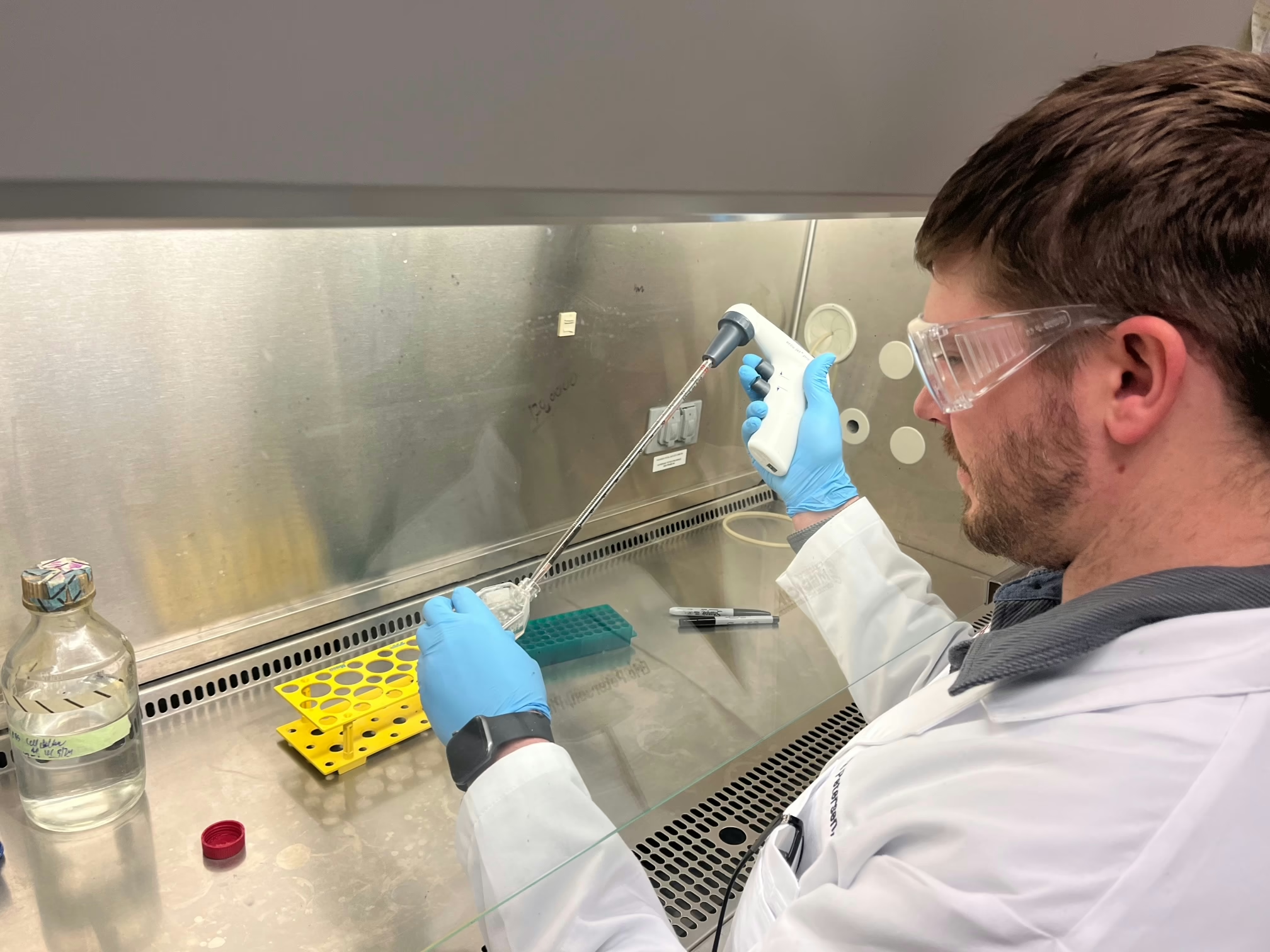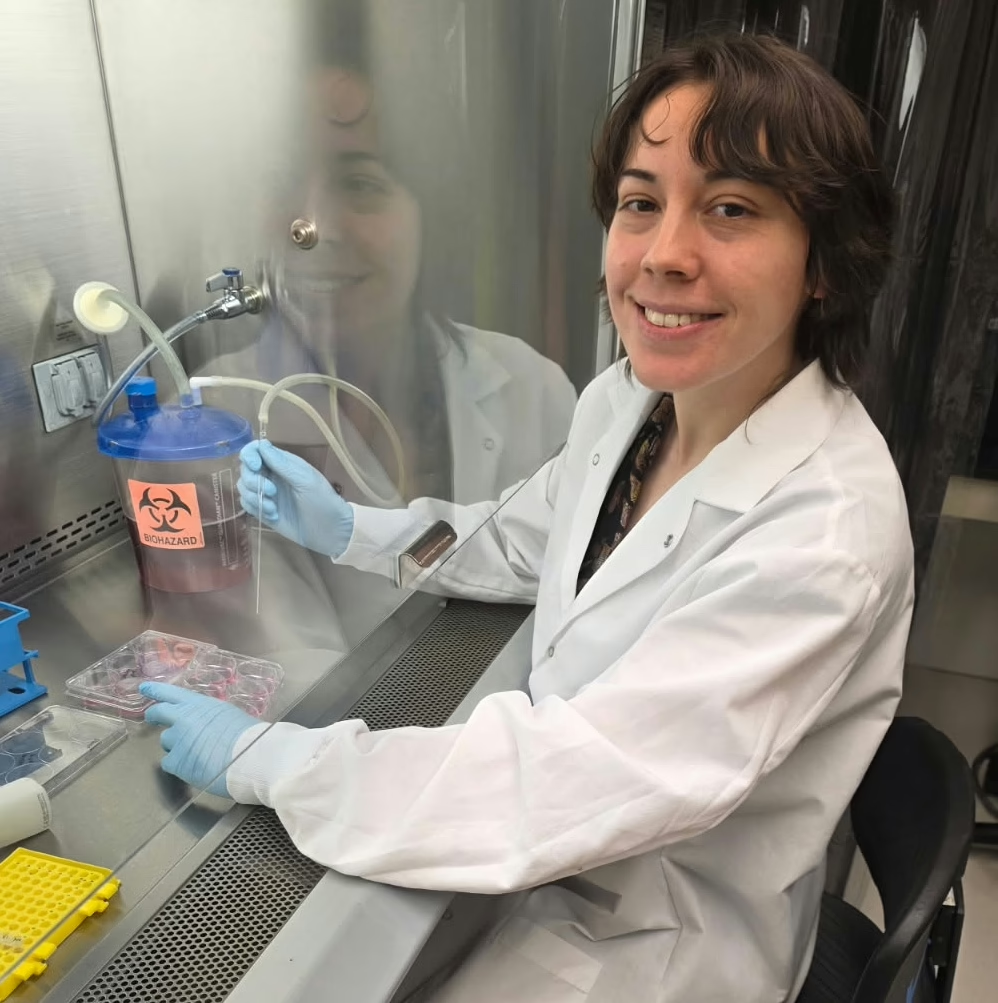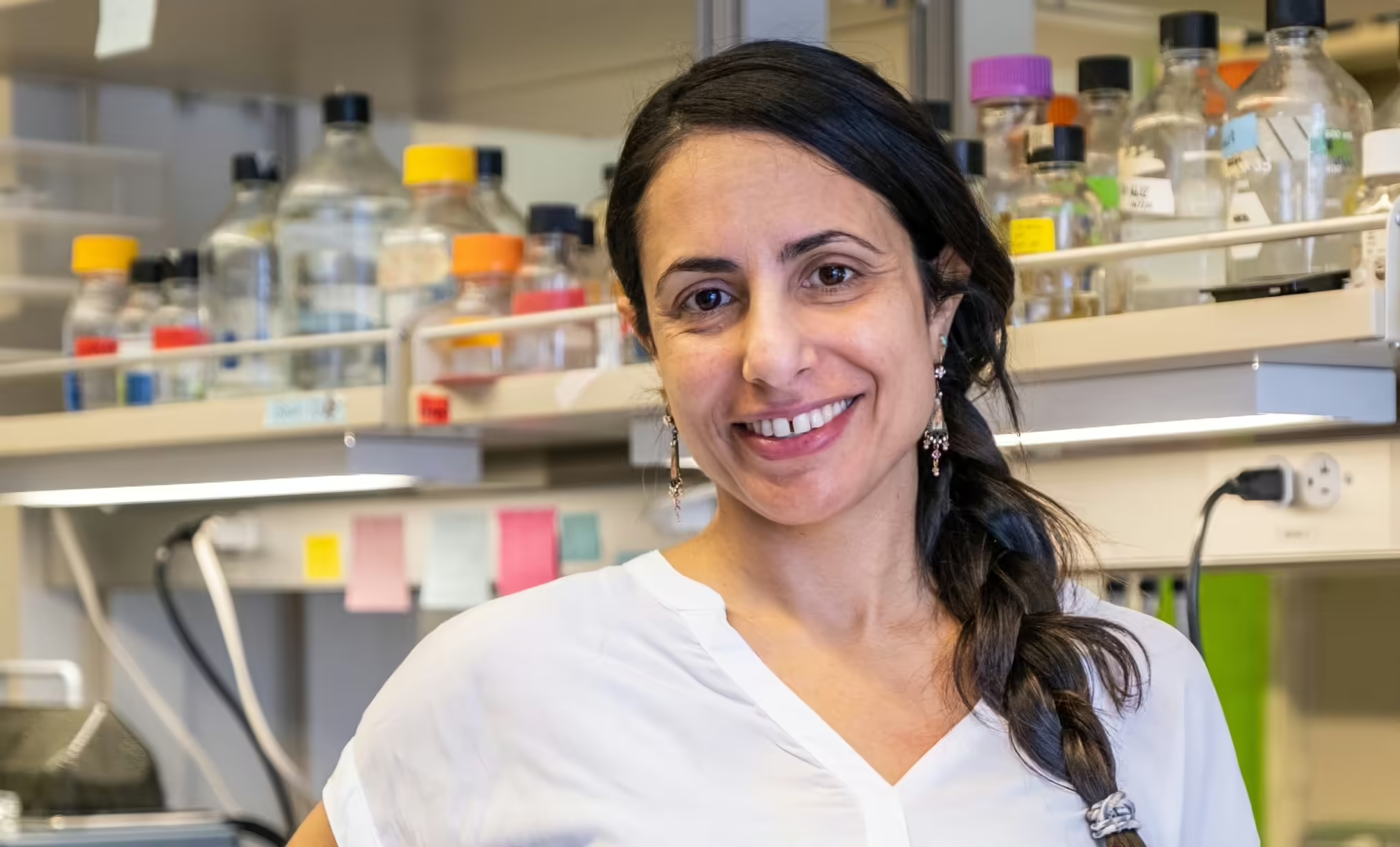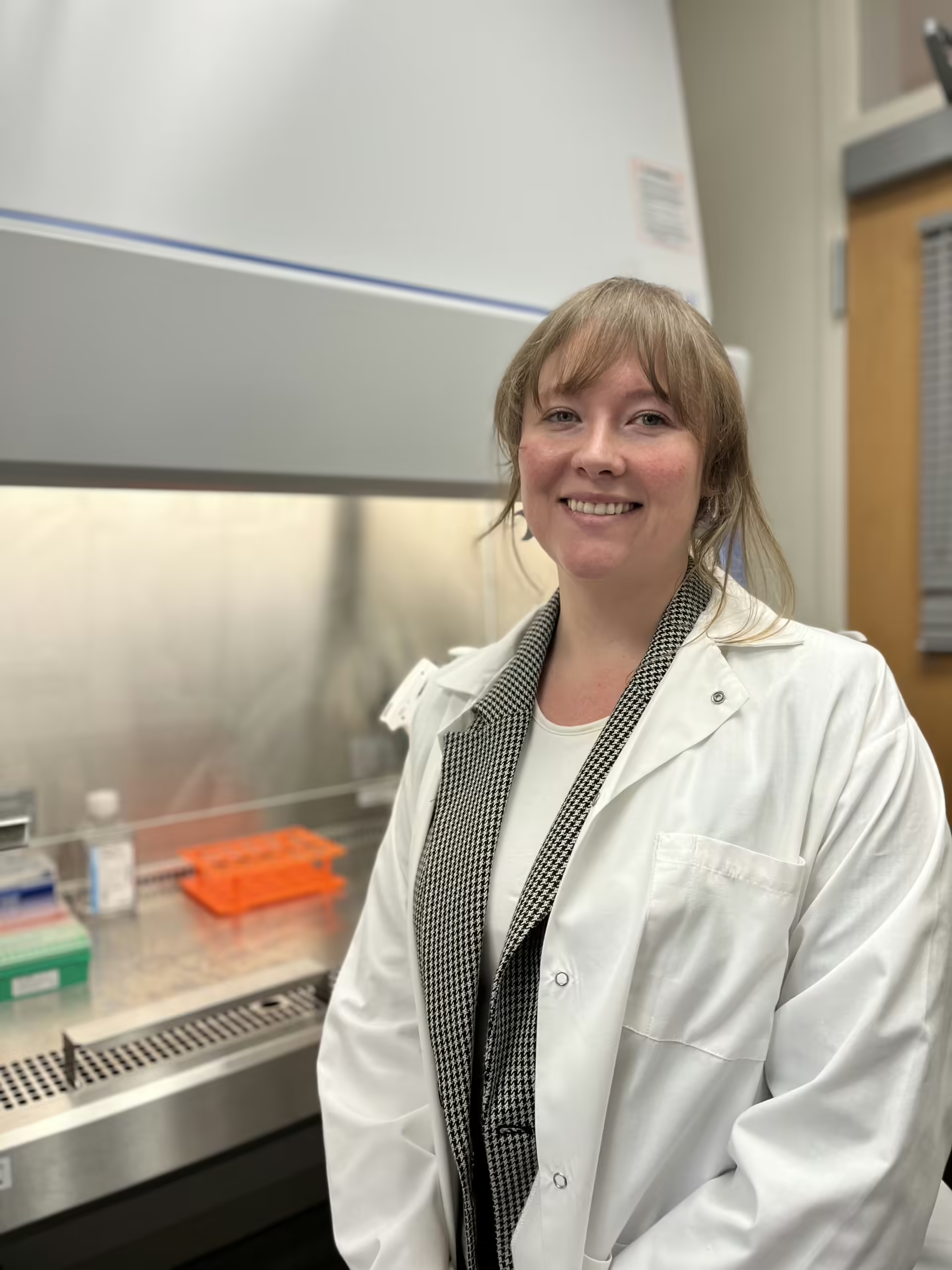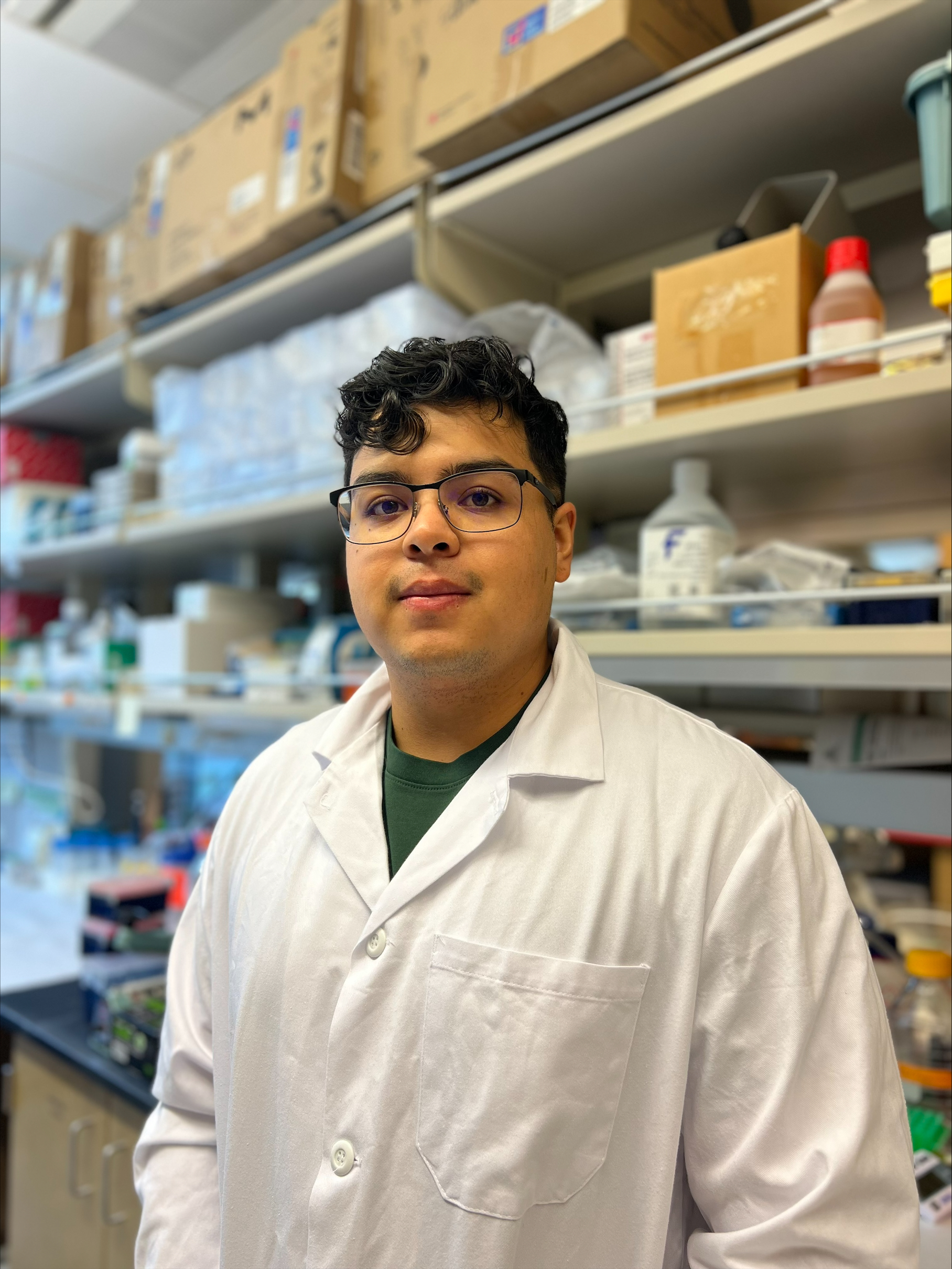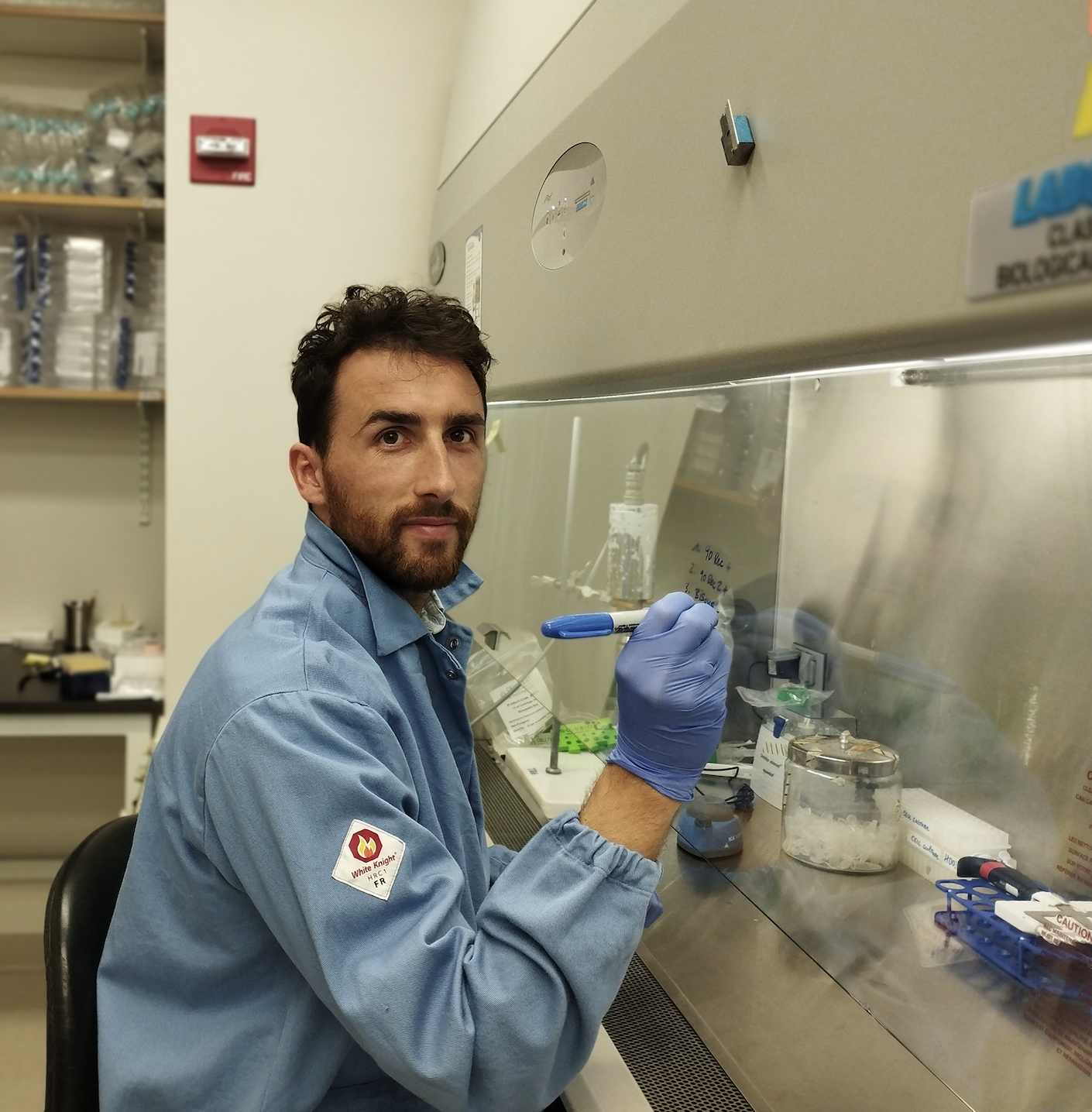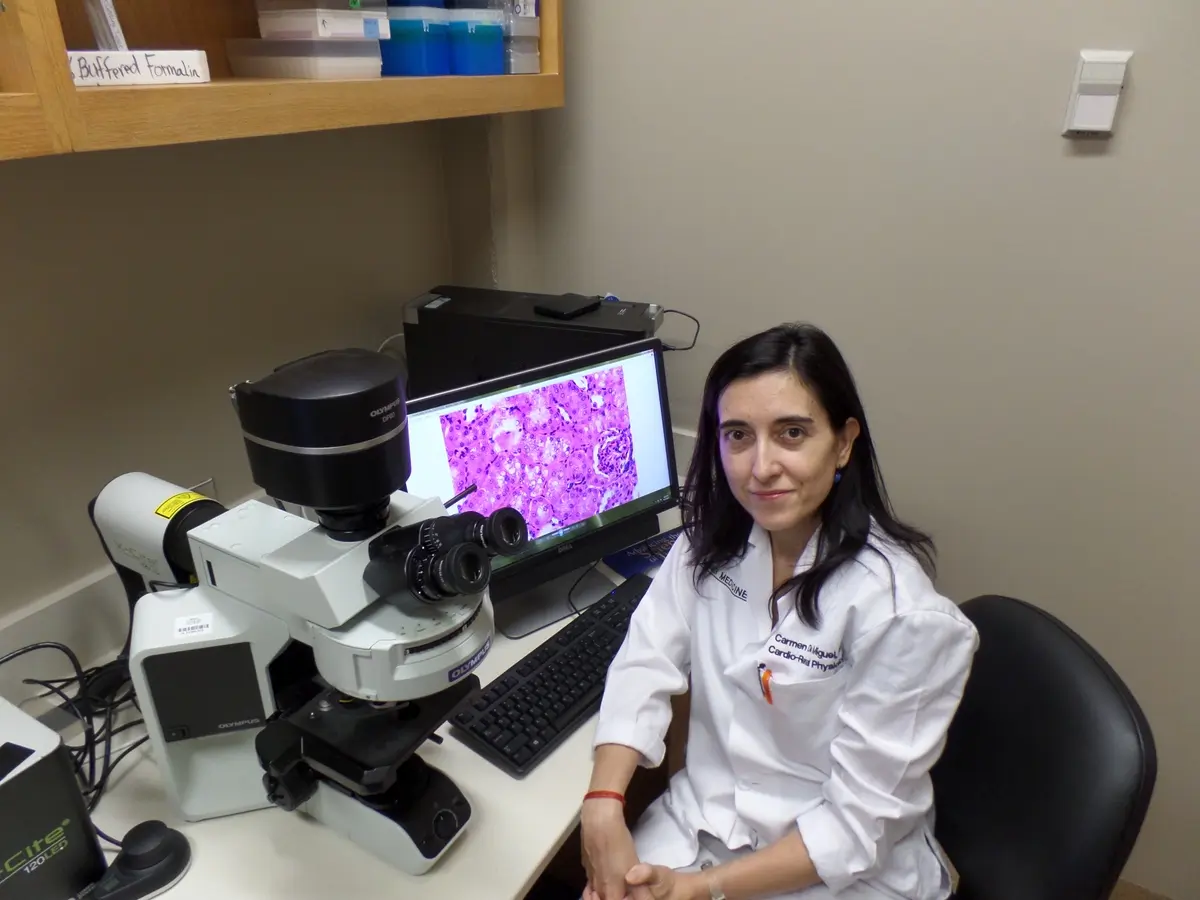Final Project Update
My project is based on our findings that a predominant surface immunoglobulin (BCR) of X cells from T1D individuals bears an autoantigen (x-autoantigen) that can cross-activate autoreactive autologous T cells, including insulin specific CD4 subset. It does this when complexed with HLA-DQ8 molecules and soluble intact mAb, which is of IgM isotype (x-mAb/IgM) and can activate the same subset of T cells. Despite the severe limitations imposed upon us by COVID-19 pandemic, I have been able to make significant progress in accomplishing the three goals of my project.
You can view the rest of the project by clicking HERE.
6-Month Project Update
My project is based on our recent discovery of new immune cells in type 1 diabetes (T1D) that is a hybrid between conventional B and T immune cells. The unique feature that distinguishes this new immune cell from conventional B and T cells is that it bears both B cell and T cell receptors on their surface, which is normally exclusively present on conventional B and T cells, respectively. We refer to this new immune cell as dual expresser or X cells and they can functionally work both as B and T cells. Our results show that the antibodies secreted by X cells behaves like a pancreatic islet-autoantigen (by mimicking insulin) instigating autoimmune beta cell destruction by cross-activating self-reactive diabetogenic T cells in people with T1D. We refer to this antibody as the X-mAb. In this report, we have shown how X-mAb detect and activate the pathogenic T cells and can possibly play a crucial role in T1D. Thus, given that insulin-reactive T cells are considered the primary drivers of the diabetogenic response, the detection of T cell receptor beta chain in our experiments supports our hypothesis that the X-mAb secreted from the X cells activates insulin reactive T cells directly by engaging their T cell receptors, and in this way playing an important role in the pathogenesis of T1D.
Project Description
Accepted theory is the human immune system attacks, and then develops (adaptive), B and T cells (lymphocytes) in response to previous disease-causing foreign viruses and/or bacteria. Malfunctioning immune system cells, known as autoreactive B and T cell lymphocytes cooperate to produce autoantibodies and cytotoxic effector T cells that can destroy pancreatic beta cells, resulting in type 1 diabetes (T1D).
Critical knowledge gaps and questions remain unresolved regarding the onset of T1D, suggesting involvement of other, unknown immune system factors. Our lab recently discovered an entirely new type of autoreactive lymphocyte that has features of both B cells and T cells. We refer to these hybrid lymphocytes as dual expressers or crossover (X) cells. Normally, these B and T cells express their traits separately. Our recently published data (Ahmed et.al.) indicate a major role for X cells in causing T1D by expressing the traits of B and T cells together.
The goal of this project is to build upon one of our findings and to further investigate how X cells expansion result in the onset of T1D. X cells in a T1D, unlike in a normal individual, express one dominant antibody that we refer to as the X-mAb. This antibody has the unique feature of having the same antigen binding site in all T1D patients examined so far. A second unique feature of X-mAb is its ability to look like insulin and activate killer immune cells in T1D patients.
Very limited information is available regarding autoreactive T cells which are recognized and stimulated by x-mAb. A better understanding of the x-mAb interaction with autoreactive T cells will provide new information. This could enable new diagnostic strategies to predict a high likelihood of a future pancreatic beta cell attack. In turn, an intervention may then be developed to disrupt the onset of T1D, thereby preventing the disease.


